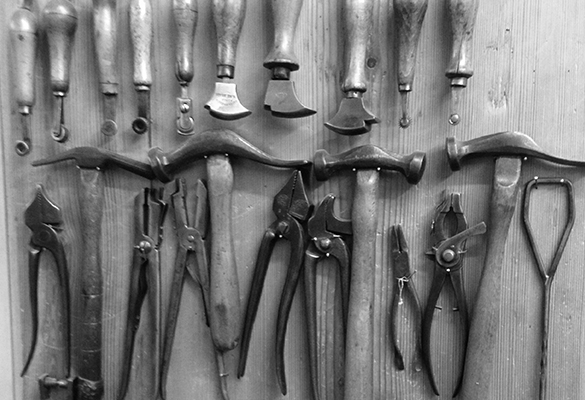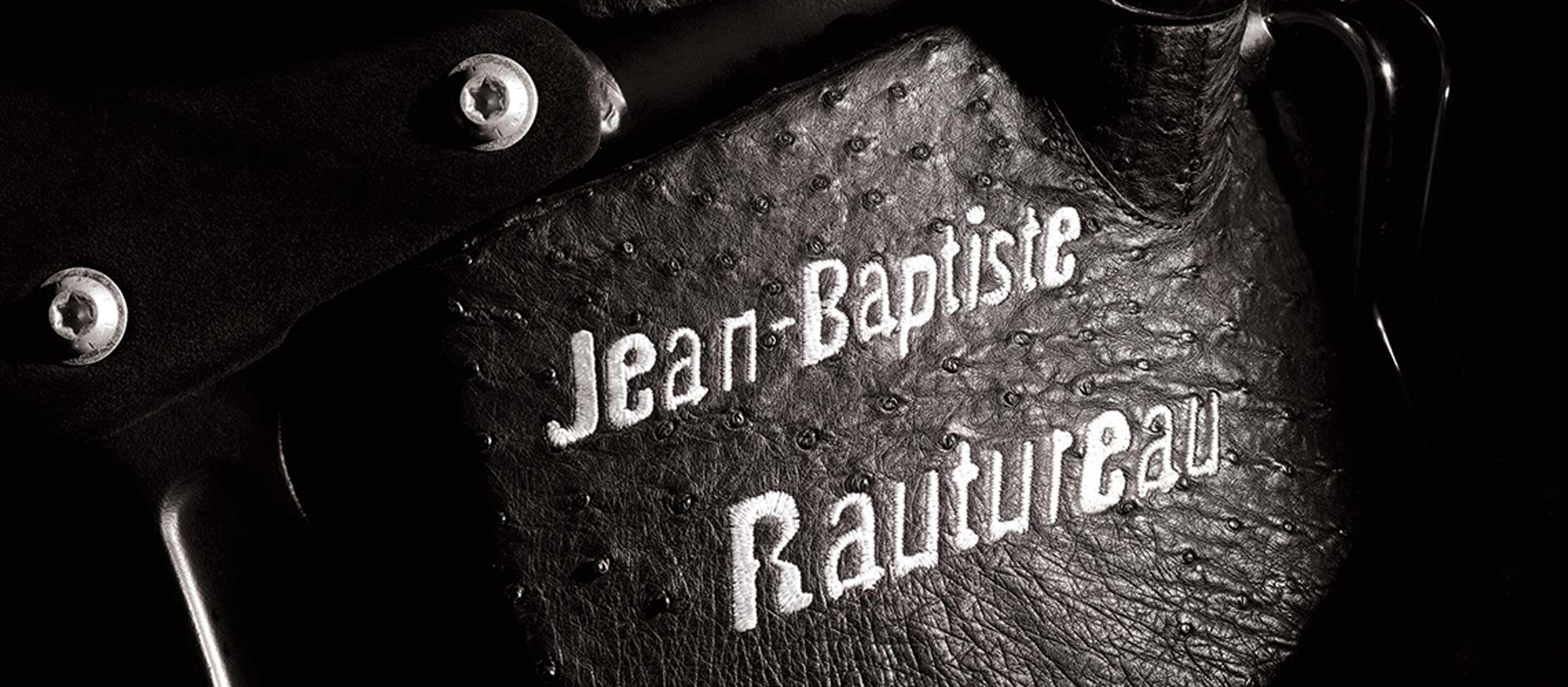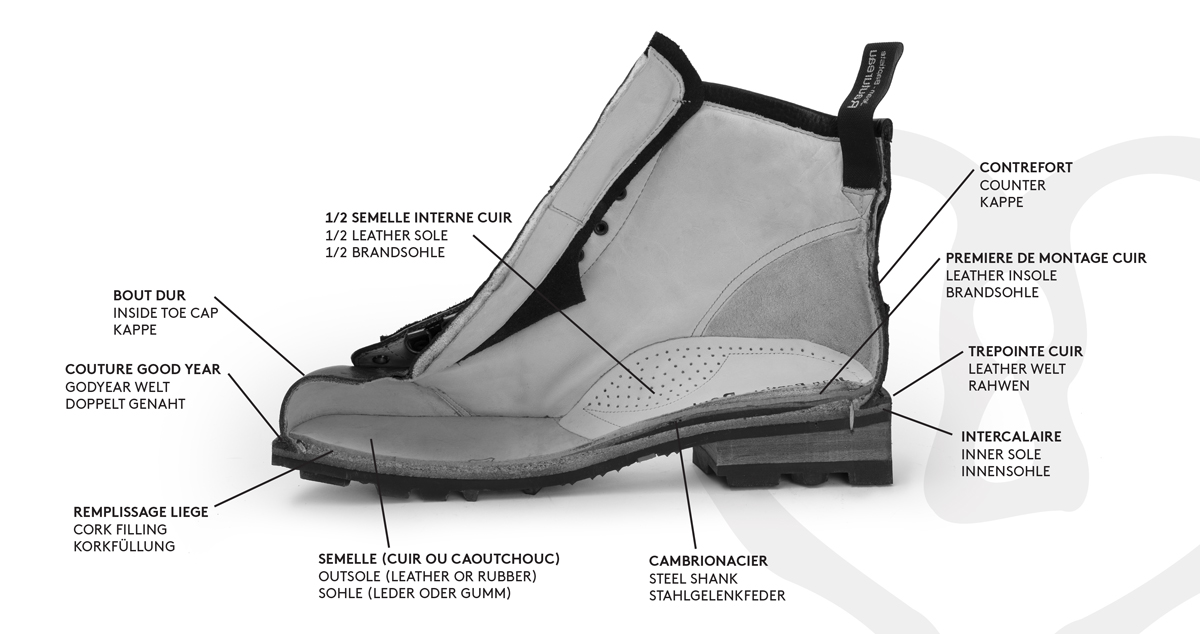
THE ORIGINS
In 1870, Jean Baptiste RAUTUREAU set up a shoemaking workshop in Vendée, France and began to produce footwear. By 1947 the company had progressed from this tiny set-up to running a small factory that produced classic men's shoes, before creating designs for women and children, notably with the Pom d'Api and Free Lance brands.
Continuing with their family's artistic vision, Yvon and Guy Rautureau went on to produce collections that honoured their brands' colourful flair. With designs for kids and adults alike, they pushed the boundaries in terms of colours, shapes and the materials used - challenges that require an unparalelled level of expertise.

TODAY
Jean Baptiste Rautureau shoes continue to be designed and manufactured at their Vendée-based workshop in France.
The Jean Baptiste Rautureau brand is now synonymous with creativity, innovation and a top-notch quality that continues to be found in their wonderfully unique designs.

SHOE CONSTRUCTION TECHNIQUES
Blake construction
The upper is attached to the lasting board, then the shoe is joined together with stitches going all the way through the sole, board and upper. The Blake construction is only visible inside the shoe and there is no separate lining.
Goodyear construction
The Goodyear welt stitch and construction are one and the same. The welt stitch joins the lasting board (or insole), the upper and the welt. This horizontal stitch strengthens the shoe while keeping it flexible. Once the shoe is finished, the stitching is no longer visible.
Cemented construction
This is the most common construction method currently in use. Different glues are used to join the shoe’s upper and sole. The gluing process requires a great deal of preparation and care as any gaps could weaken the shoe.
Semelage goodyear
